Although they’d both previously appeared in The Godfather Part II, Robert De Niro, and Al Pacino – arguably the two finest actors of their generation – didn’t share the screen until Michael Mann paired them up in the tense diner scene in Heat. A cat-and-mouse thriller was the perfect vehicle to bring De Niro and Pacino together, with the former playing a notorious bank robber and the latter playing the cop on his trail.
The movie’s noir-tinged, sun-drenched portrayal of a crime-ridden L.A. made it an instant classic. Mann had a serious directorial vision in this movie. Here are 10 Intense Behind-The-Scenes Facts About Heat.
In the original script, Vincent Hanna was a cokehead
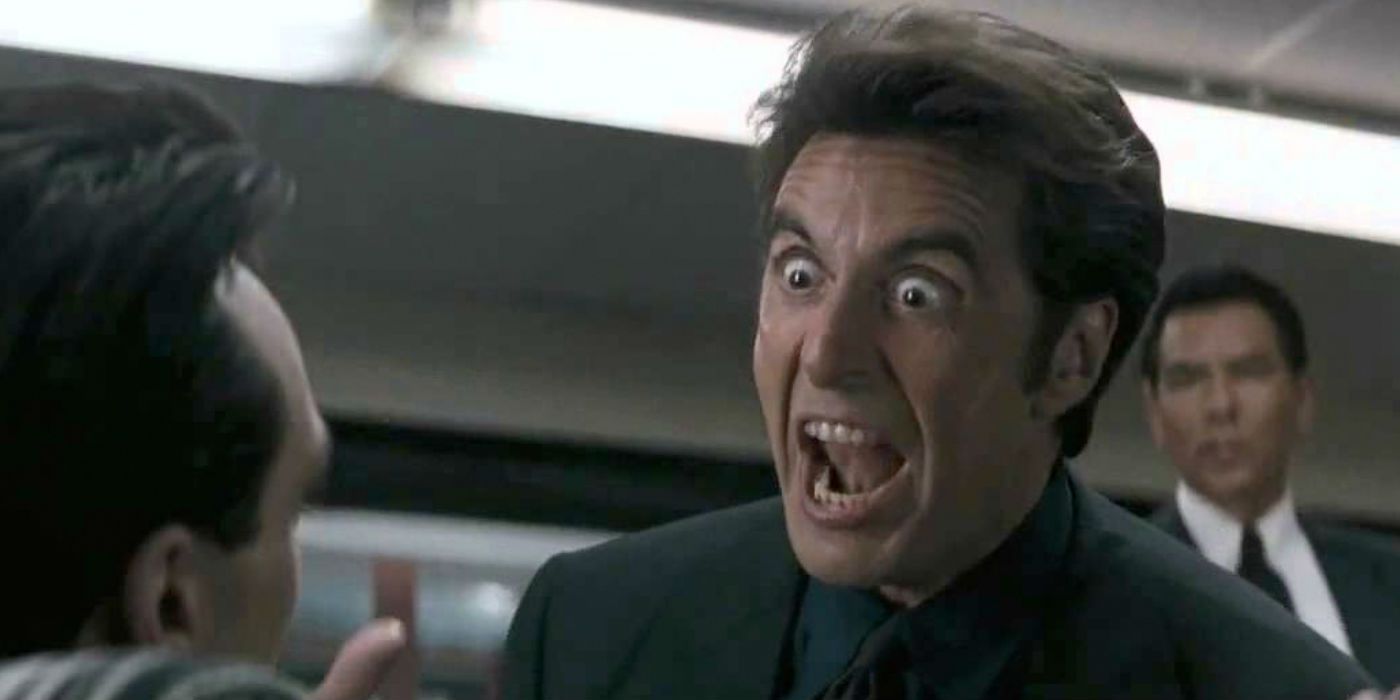
In an early draft of the screenplay for Heat, Lt. Vincent Hanna was addicted to cocaine. Although this aspect of the character was removed in later drafts, the behavior of a coke addict can still be seen in many of the film’s scenes.
Al Pacino has said that this is the reason for Hanna’s frequent outbursts and eccentric line delivery. Pacino stated in an interview with Christopher Nolan that he still played Hanna as an addict, even though his drug use is never shown on-screen.
Don Johnson was a backup for both Robert De Niro and Al Pacino
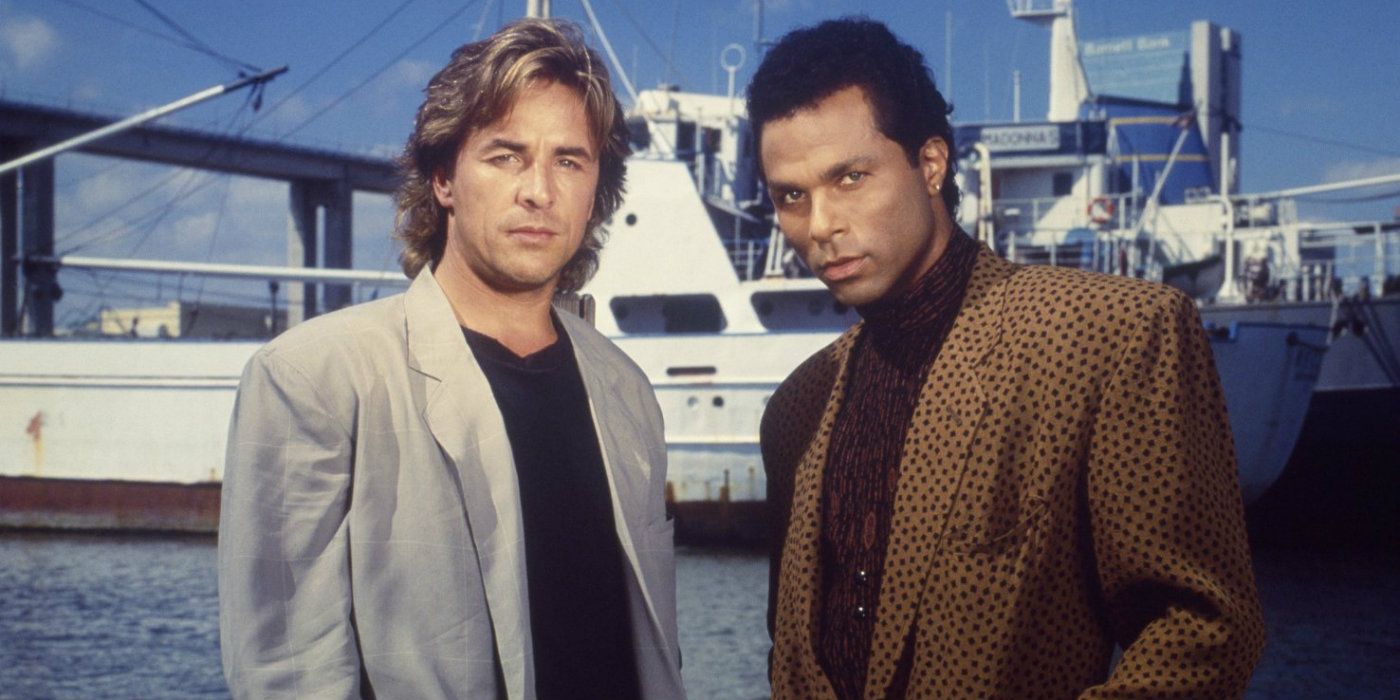
The casting team for Heat briefly thought of Don Johnson for the role of Michael Cheritto. He was also considered as a backup for both Robert De Niro and Al Pacino, in case one of them turned down a role in the film. De Niro was the first actor to receive a copy of the script for Heat, and later gave it to Pacino.
Johnson rose to prominence in the police procedural series Miami Vice, playing one of the lead roles. Heat director Michael Mann worked as a writer and executive producer on Miami Vice, explaining his proclivity towards casting Johnson.
Michael Mann initially didn’t want to direct the movie
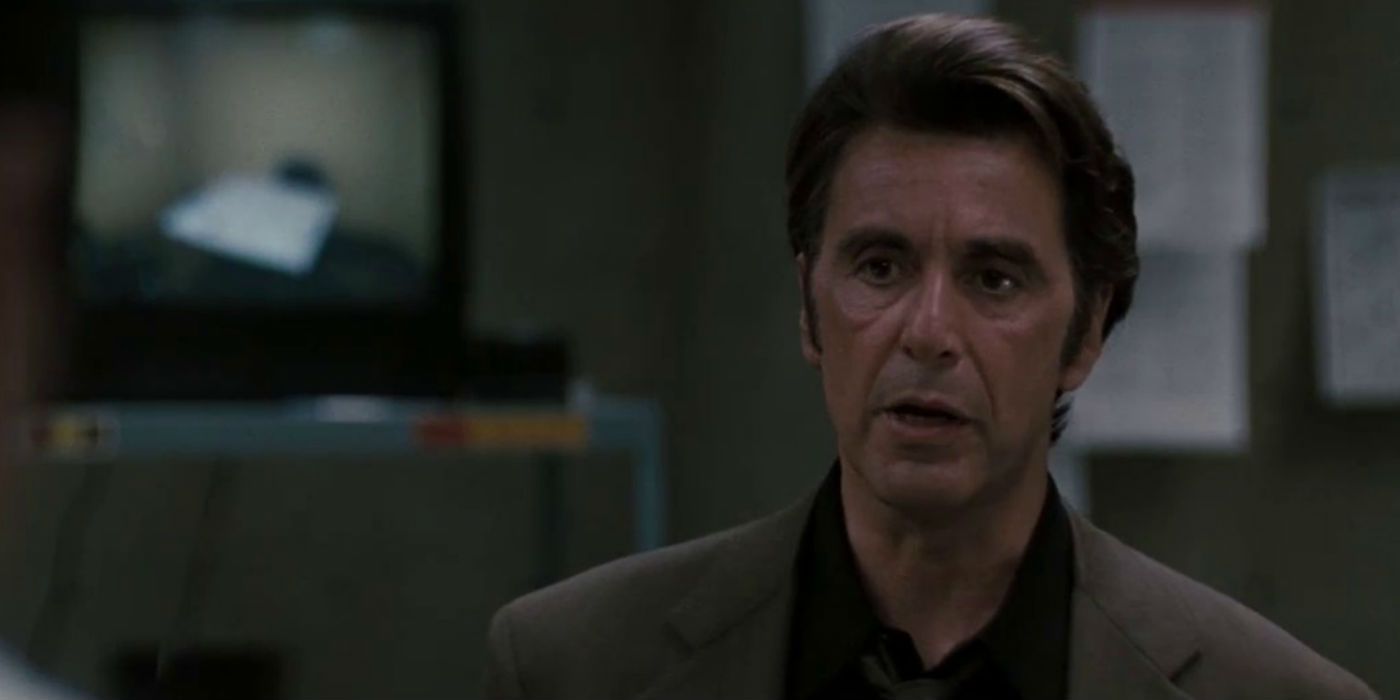
As far back as the mid-1980s, Michael Mann was hyping his script for Heat, claiming in interviews that he was determined to get it made one day. However, he initially had no interest in directing the film.
He offered it to Walter Hill, the director of such slick actioners as 48 Hrs., The Driver, and The Warriors, but Hill turned down the project and Mann ended up helming it himself.
The cast hung out with actual cops and robbers
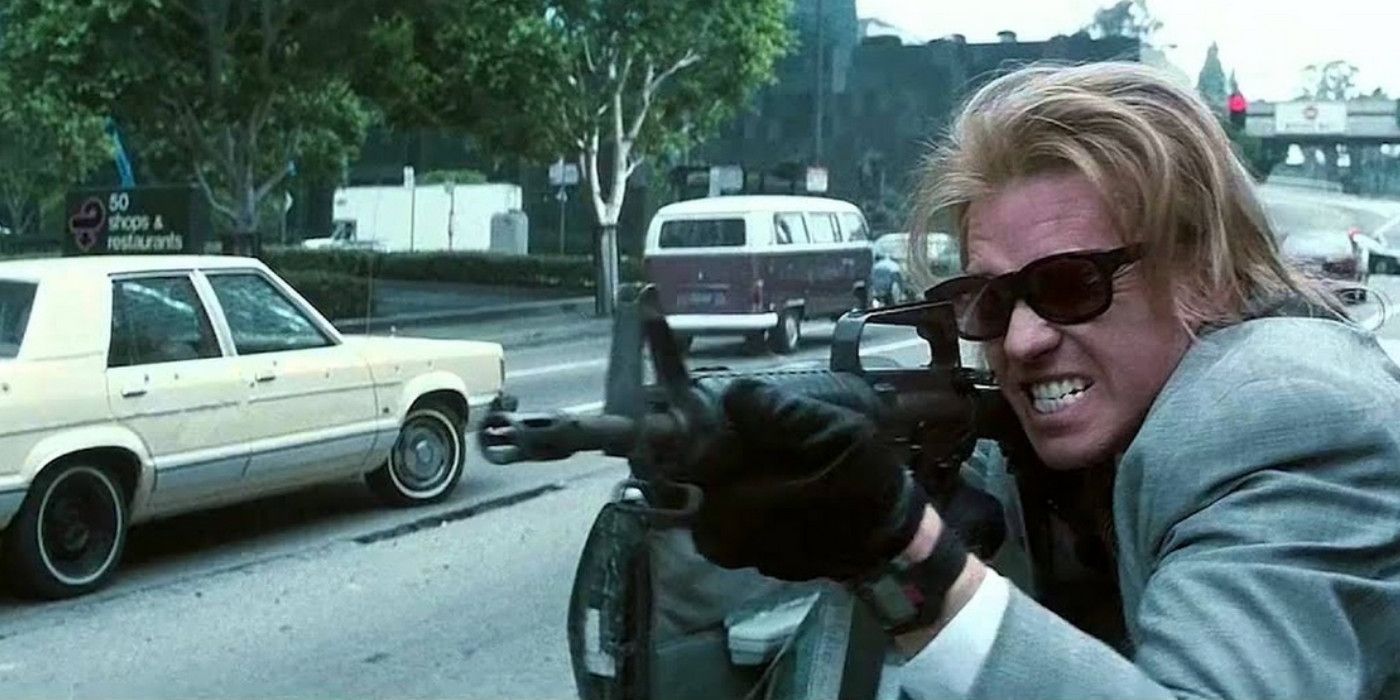
In preparation for shooting Heat, Michael Mann brought his cast to an exclusive restaurant in L.A. where both LAPD detectives and career criminals hang out.
One night, he brought the actors playing the cops to have dinner with real cops, and on another night, he brought the actors playing the criminals to have dinner with real criminals. This helped all the actors get in the mindset of their characters ahead of the shoot.
Not a single scene was filmed on a soundstage
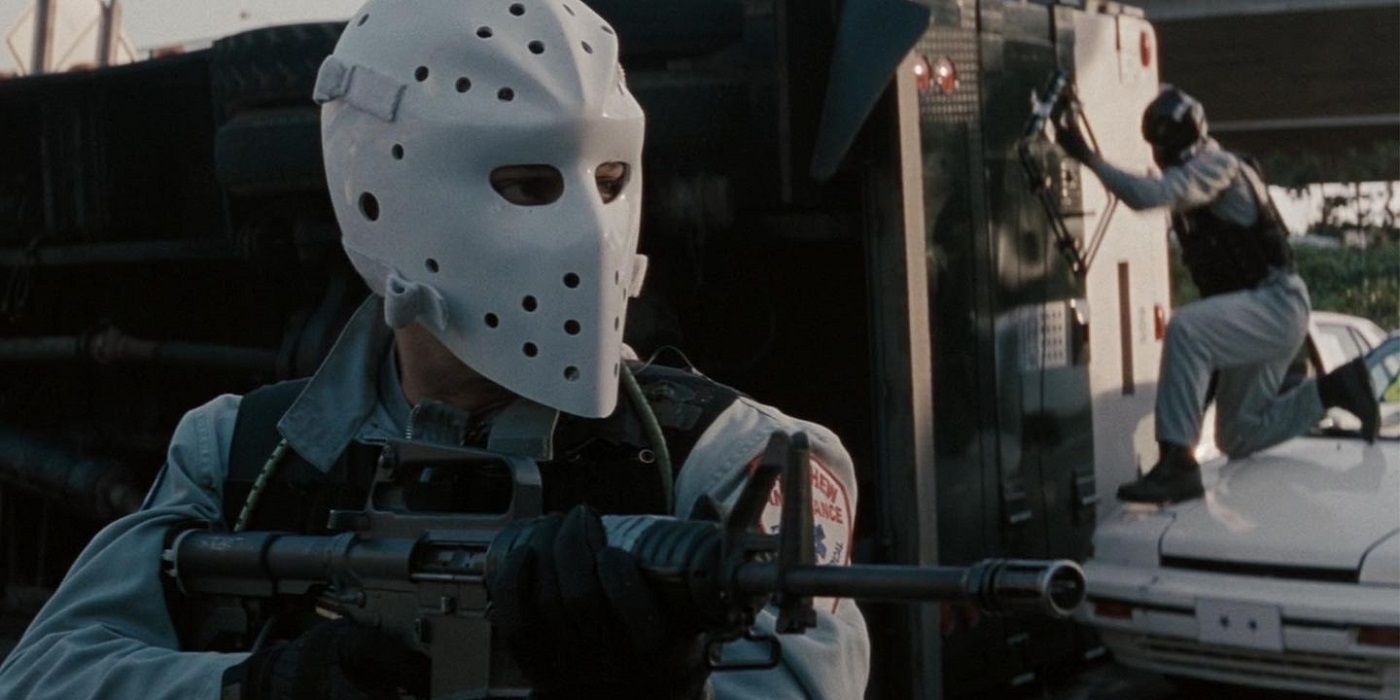
Heat was filmed entirely on location. The cast and crew hopped from location to location, amassing a total of 65 locations across the gargantuan 107-day shoot. All of these locations were in Los Angeles, the setting of the movie, and not a single soundstage was used.
The shootout was one of the trickiest scenes to film during this time because the crew was only allowed to work on that scene on the weekends. Between 800 and 1,000 rounds were used in each take of the gunfight.
Keanu Reeves was originally cast to play Val Kilmer’s role
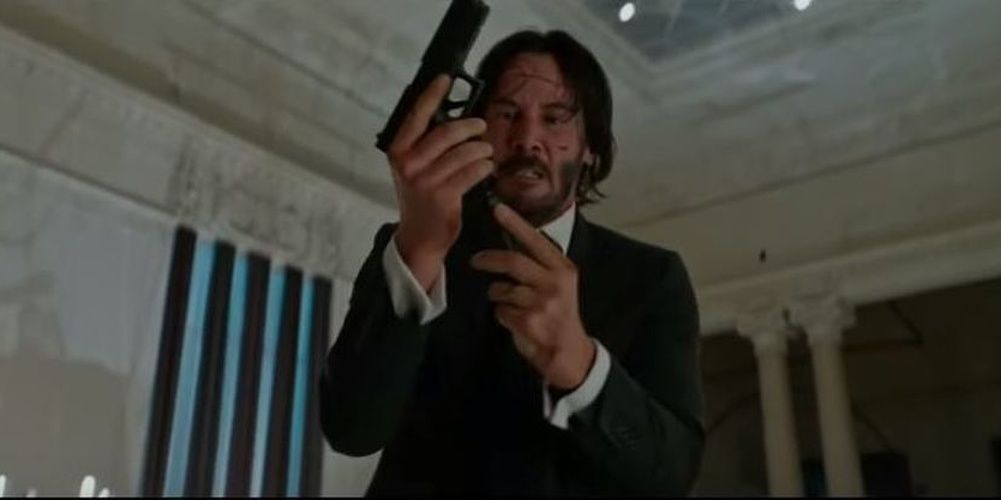
Keanu Reeves was initially cast to play Chris Shiherlis, the role that eventually went to Val Kilmer. Kilmer was always the producers’ top choice for the part, but there were doubts that he could fit the shoot for Heat into his schedule while he was committed to starring in Batman Forever in the same year. So, Reeves was brought on board as Kilmer’s replacement.
Johnny Depp and Carsten Norgaard were also under consideration for the role. However, when Kilmer managed to find room in his schedule to do both Heat and Batman Forever, Reeves was ousted.
Composer Elliot Goldenthal repurposed an unused musical cue for Michael Collins
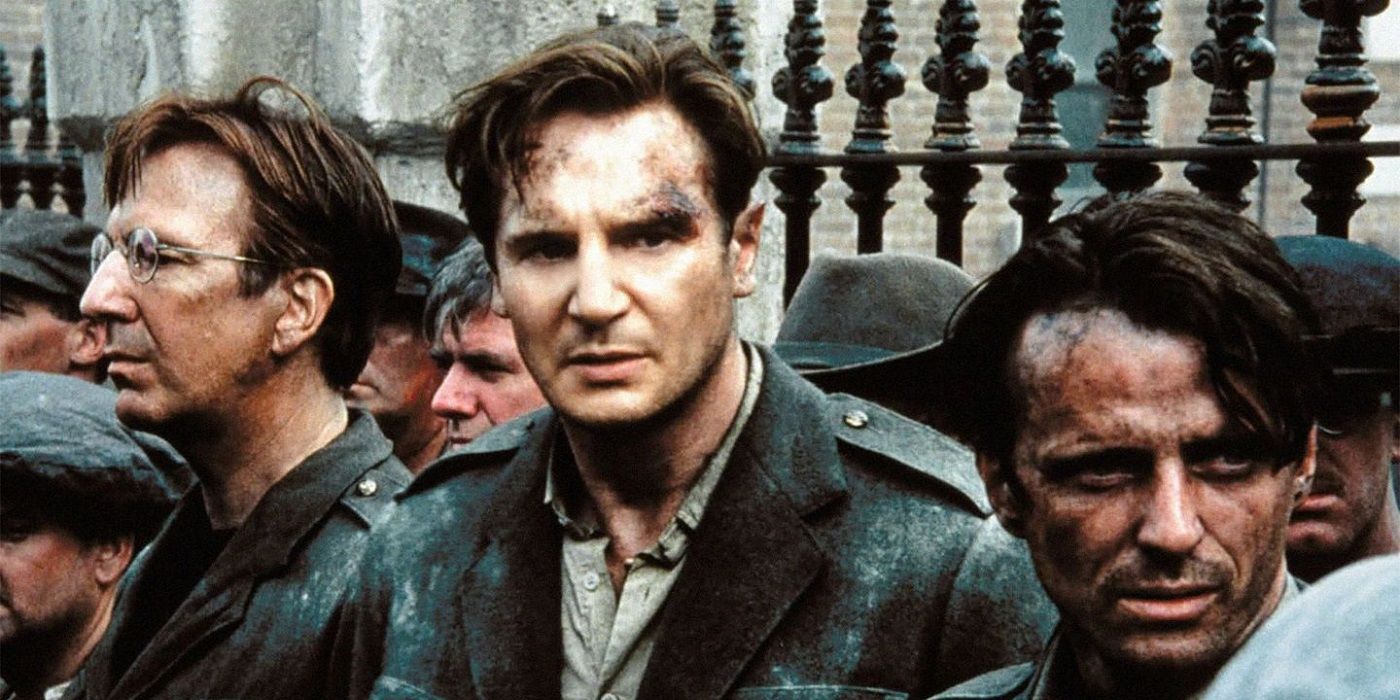
Composer Elliot Goldenthal wrote and recorded a beautiful musical score to play over Heat’s final scene. However, when it came to cutting the movie together, director Michael Mann decided not to use an original score for the scene and instead licensed “God Moving Over the Face of the Water” by Moby.
So, Goldenthal held onto the music and repurposed it as the score for the end credits of Michael Collins, albeit replacing the electric guitar with a fiddle.
The gunfire was recorded live
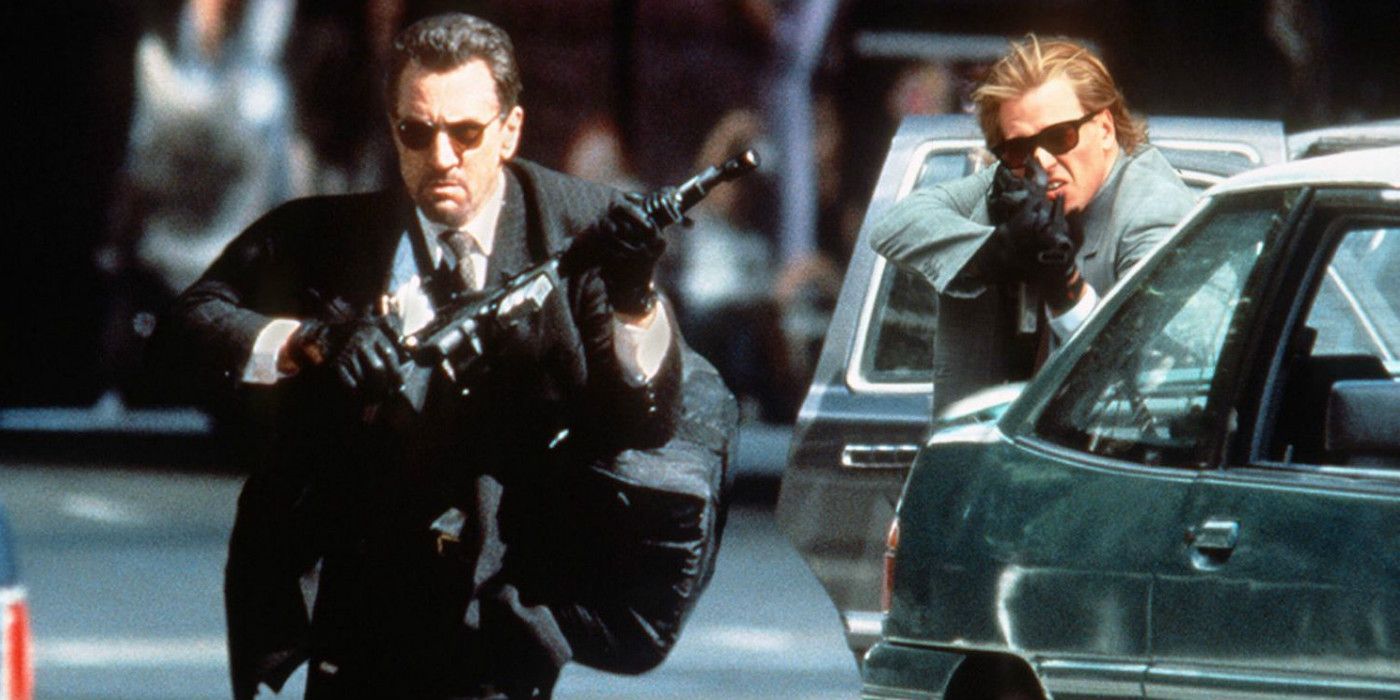
The shootout scene in Heat has been praised as one of action cinema’s most riveting sequences. This is partly the result of Michael Mann choosing to record the gunfire live instead of dubbing it in later with pre-recorded sound effects. Microphones had to be very carefully placed around the location in order to capture each gunshot at a specific time and place.
Most action movies just use sound effects, so this helped to differentiate Heat’s shootout from shootouts in other movies. The scene has been shown to U.S. Marine recruits as an example of how to properly retreat while you’re under fire.
The story was based on a real cop
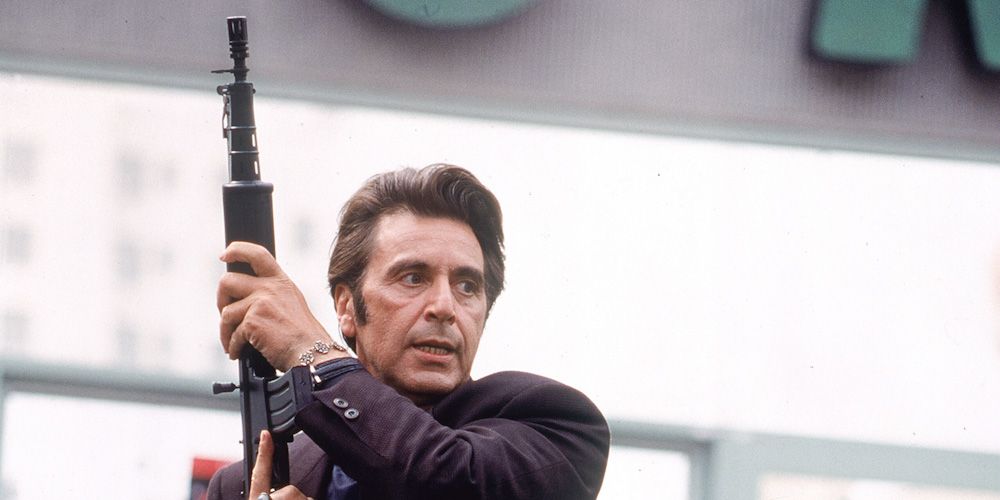
Michael Mann based the story of Heat on a cop he knew from Chicago called Chuck Adamson. The two had worked together on various movies and TV shows as Adamson became a consultant after retiring from the force.
Just like Vincent Hanna in Heat, Adamson obsessively tracked down a thief named Neil McCauley. Many of the film’s scenes are taken directly from real-life incidents in Adamson’s case. The real McCauley was killed during a grocery store robbery.
Al Pacino and Robert De Niro didn’t rehearse the diner scene
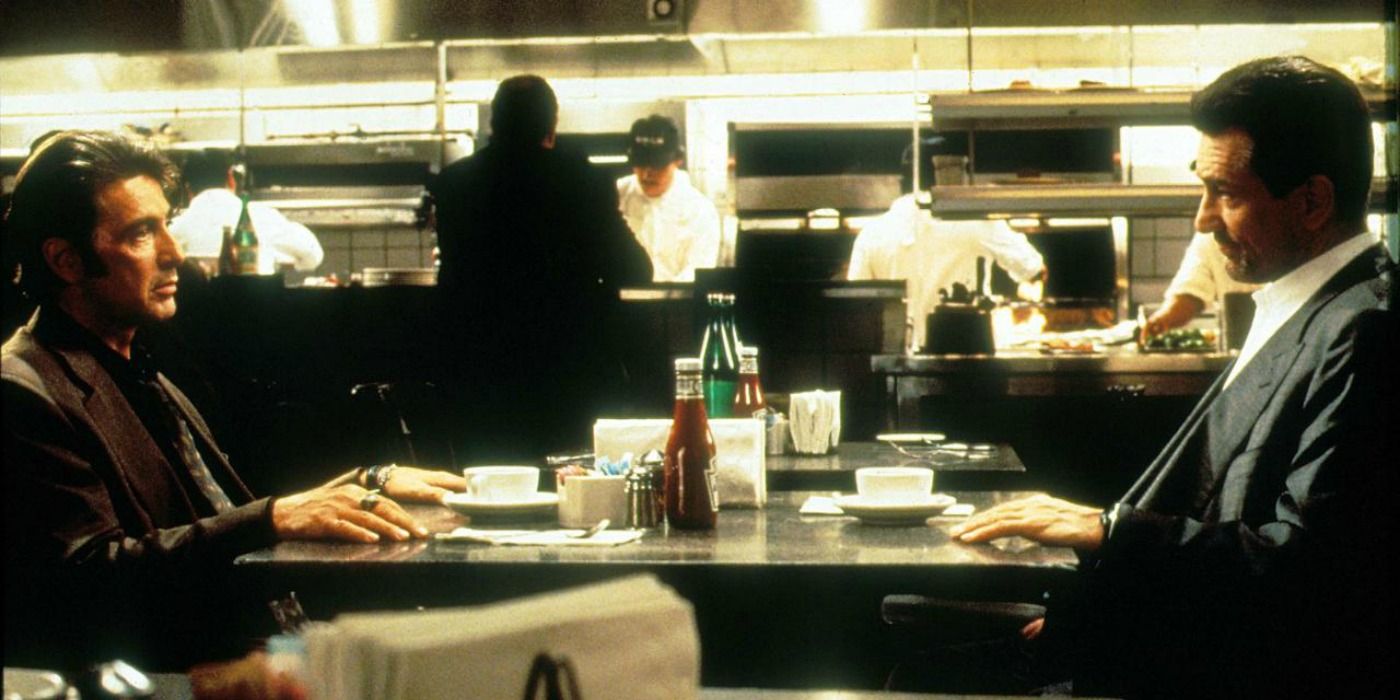
The iconic diner scene in Heat is the spine of the entire movie. It’s a masterclass of acting as Al Pacino and Robert De Niro share the silver screen for the first time ever. But the two actors never even rehearsed the scene.
Director Michael Mann explained the decision: “We decided that we just wanted to talk it through and just save it for the event of shooting it…But I tend to not want to rehearse things to the point where I wish I had shot it… I think things work perfect once, and they’ll never be 100% twice. And you want that happening in front of the camera.”




